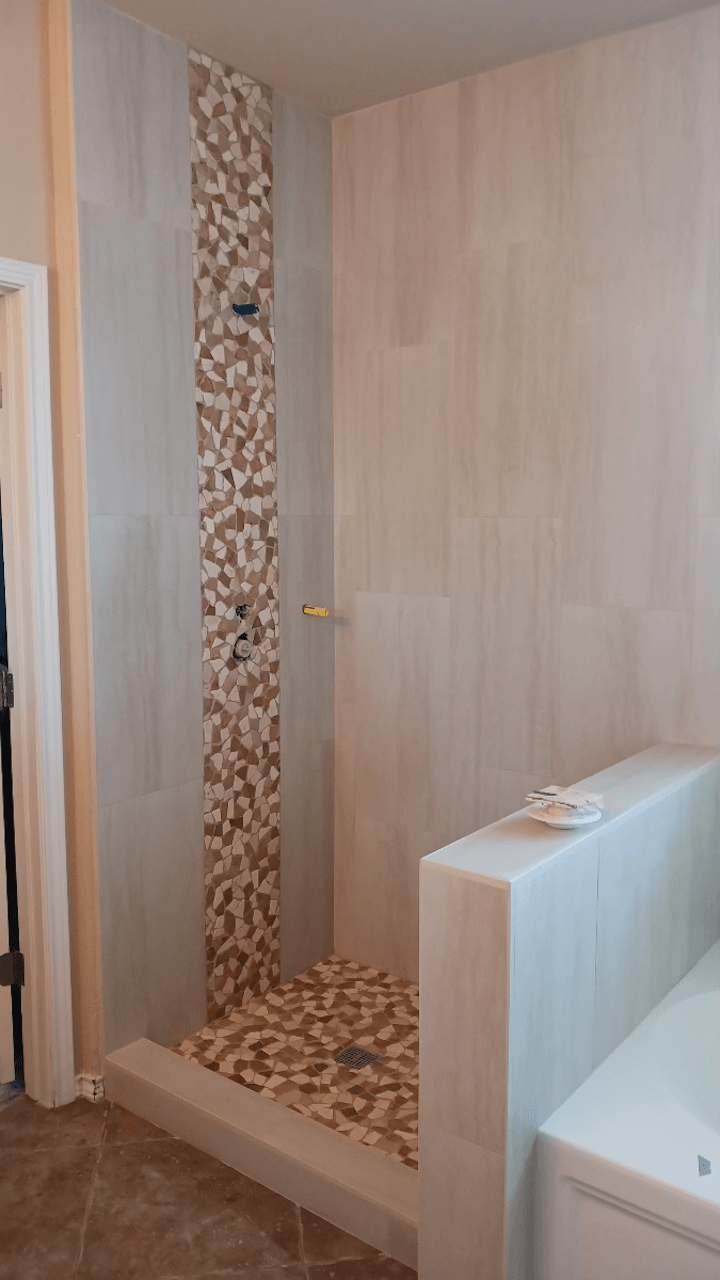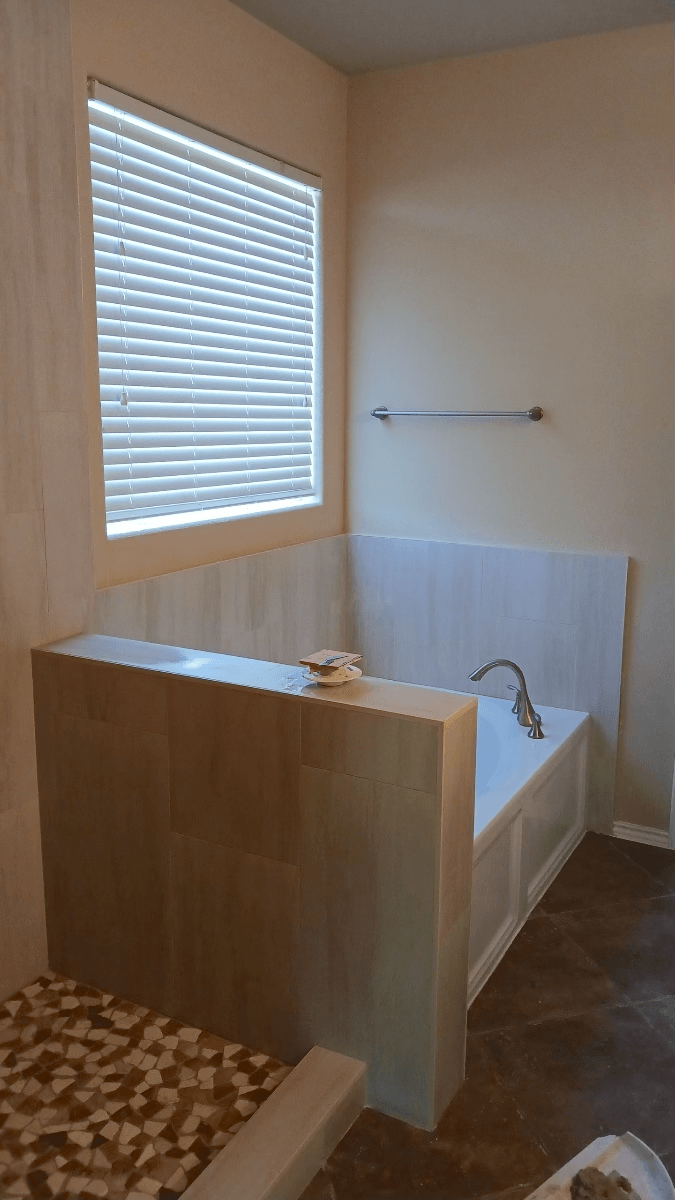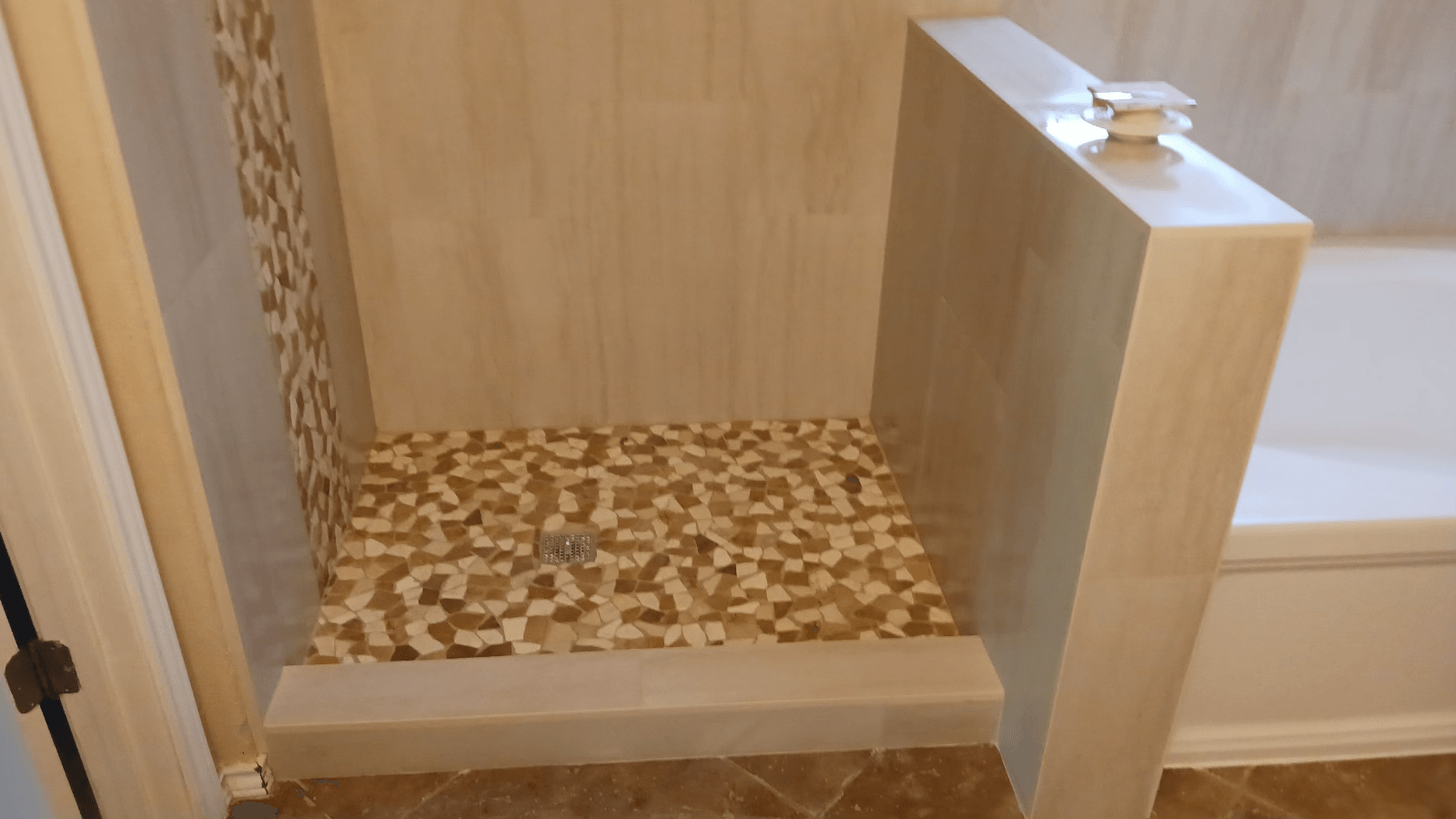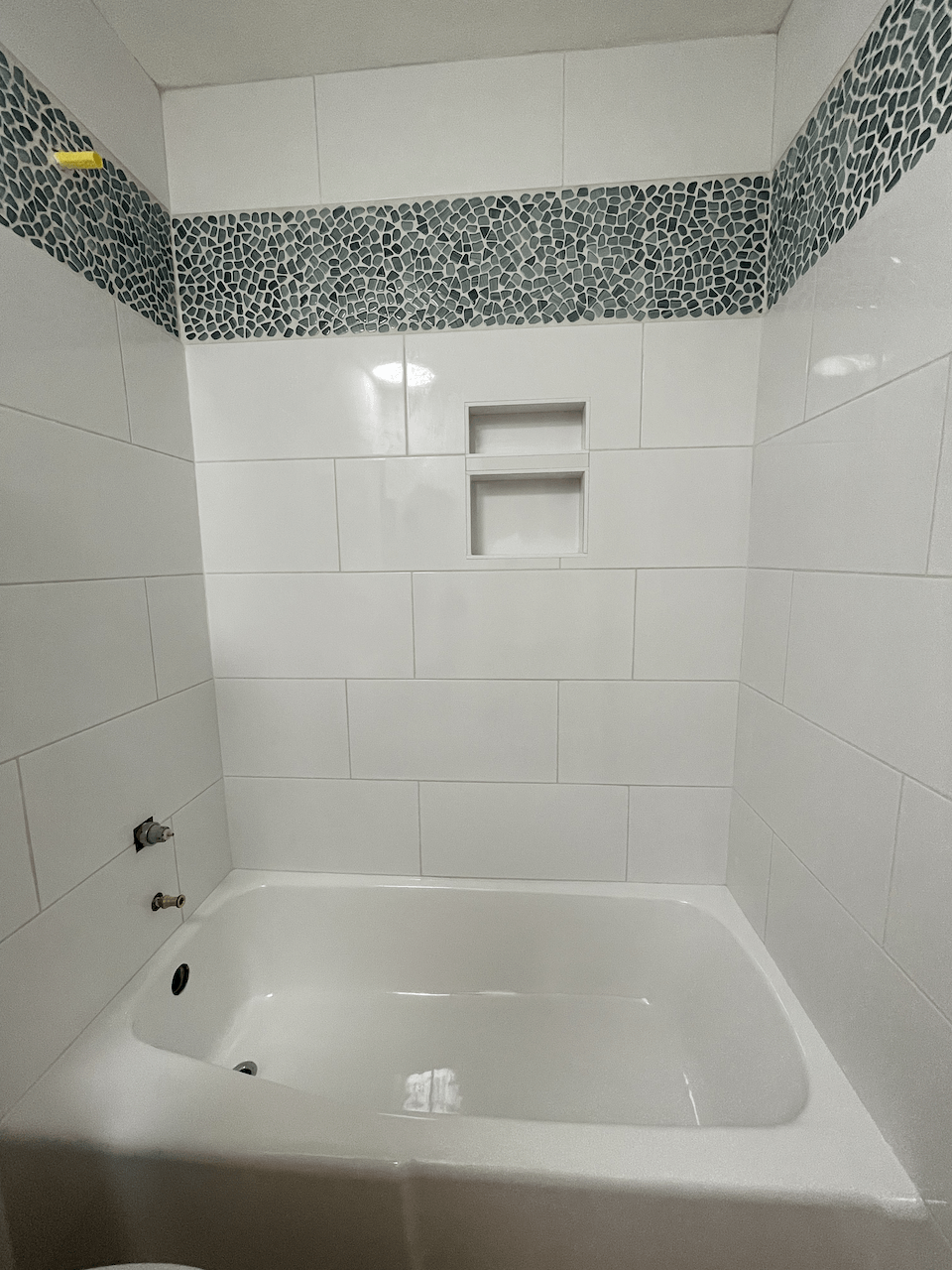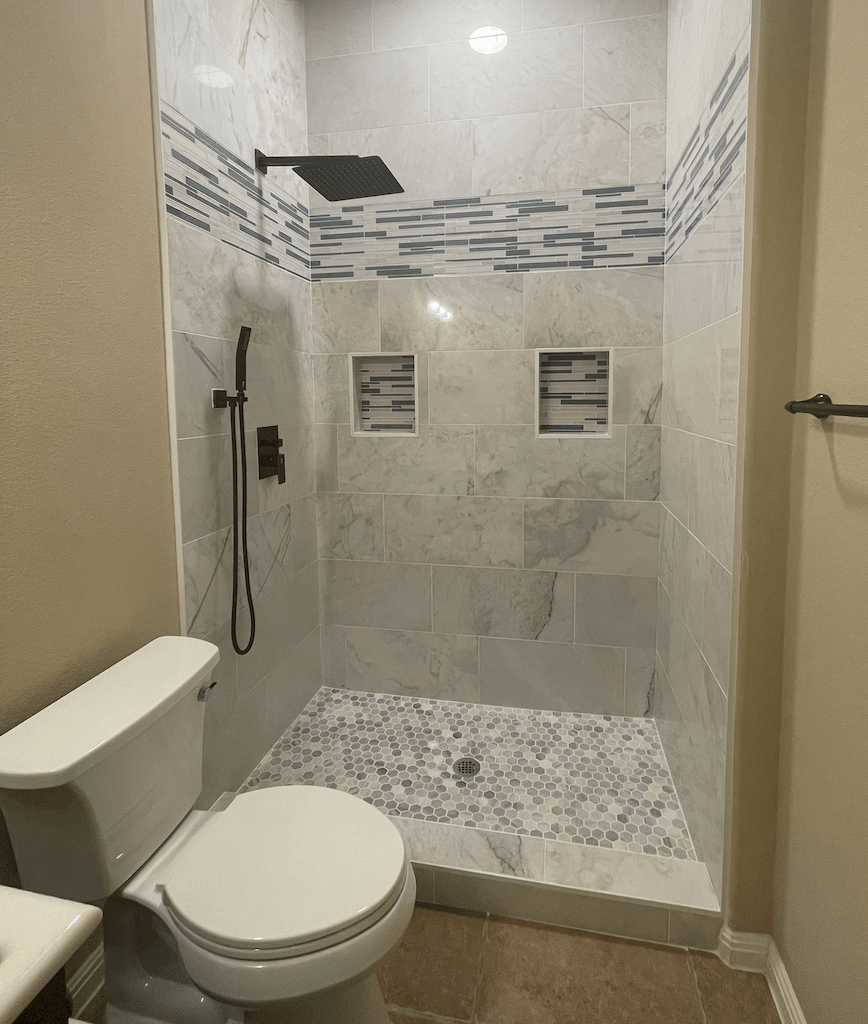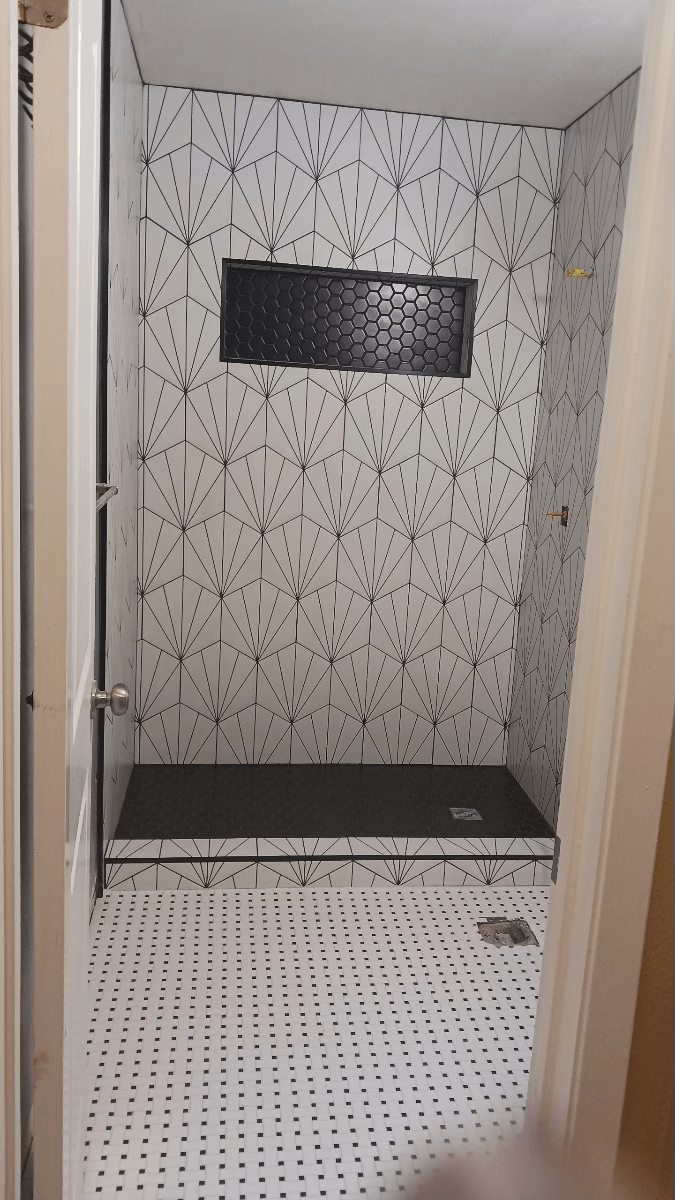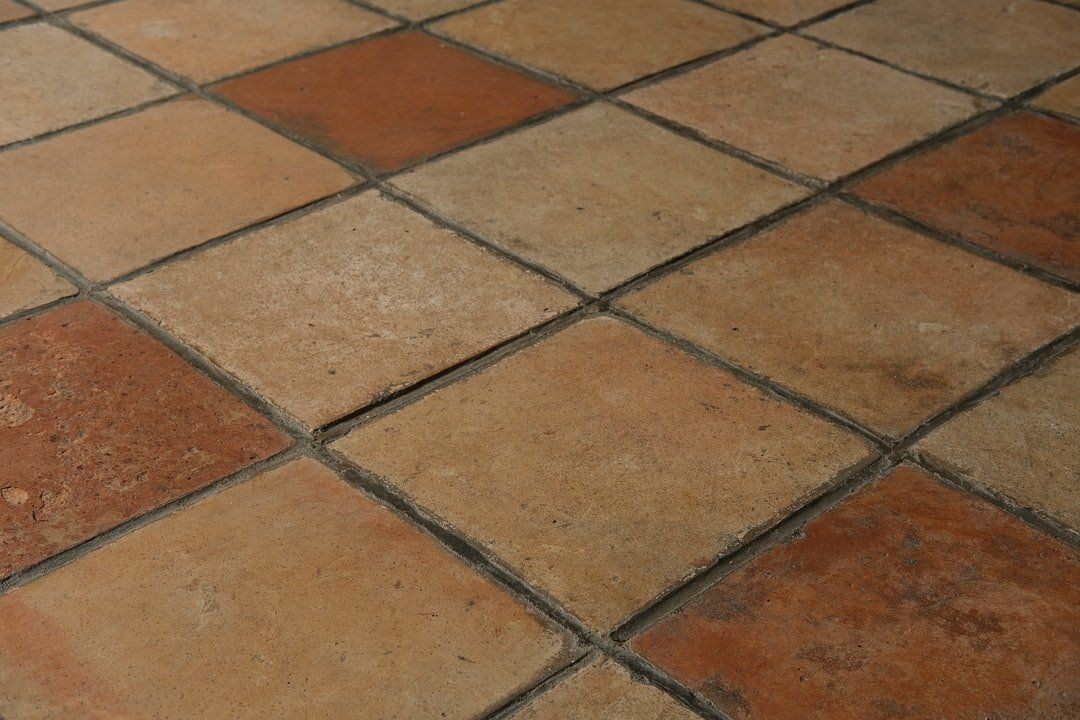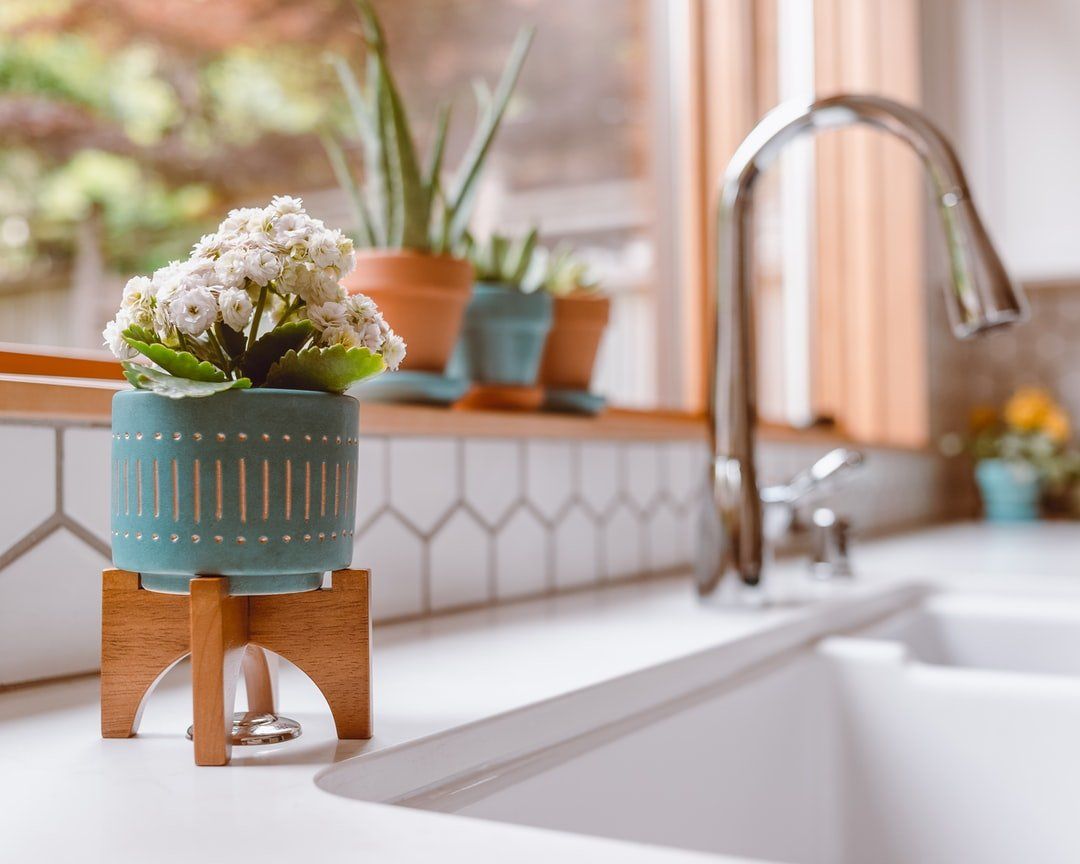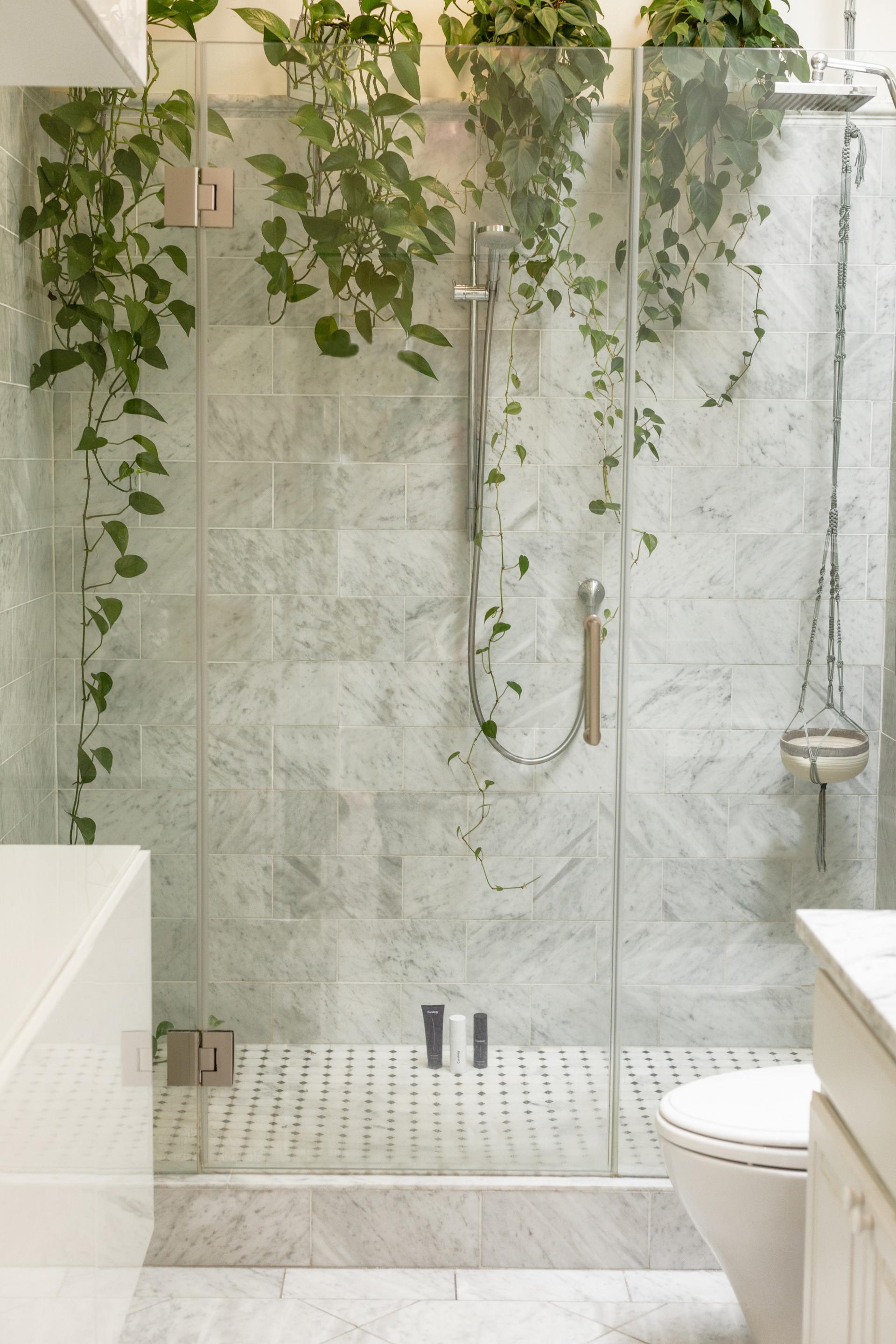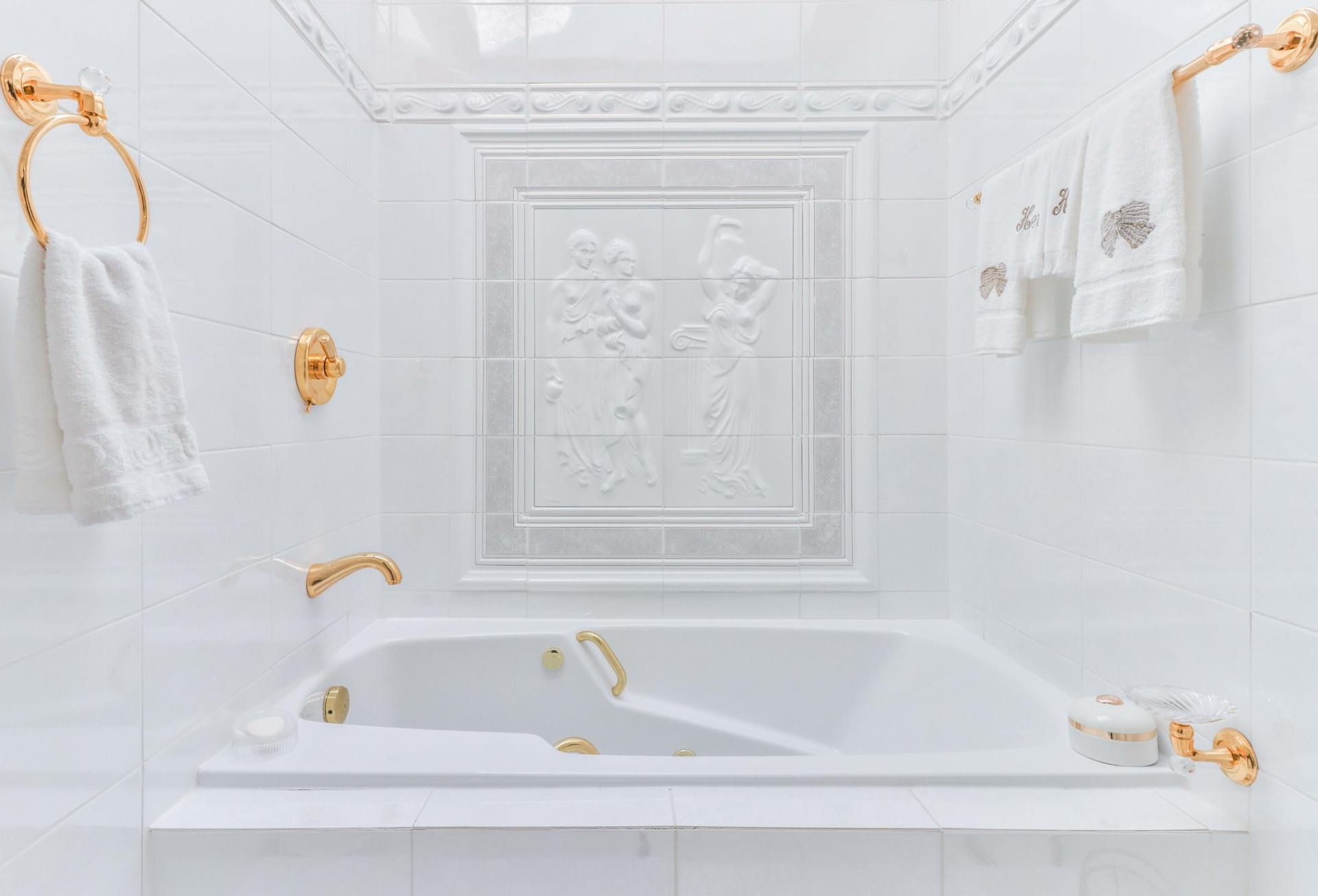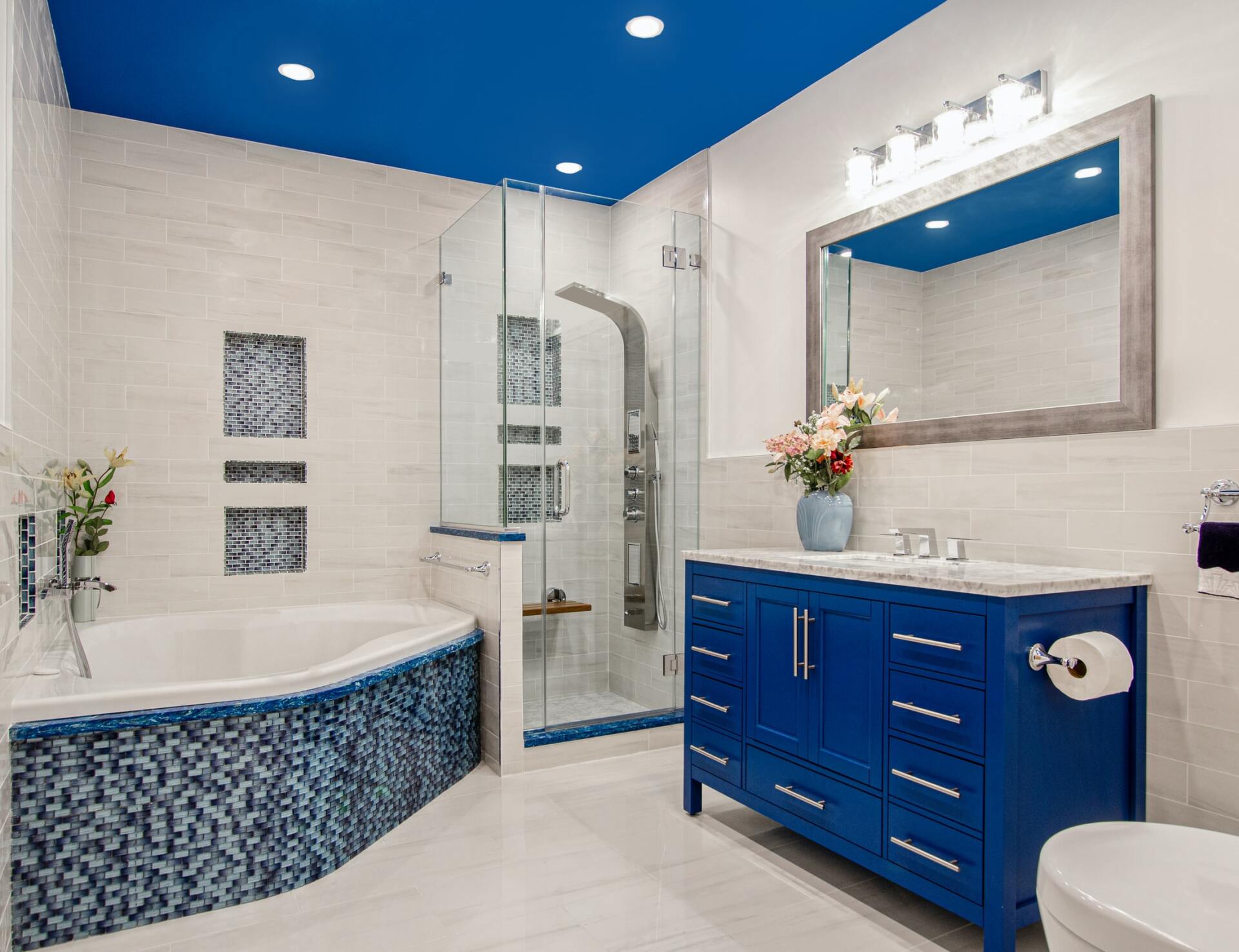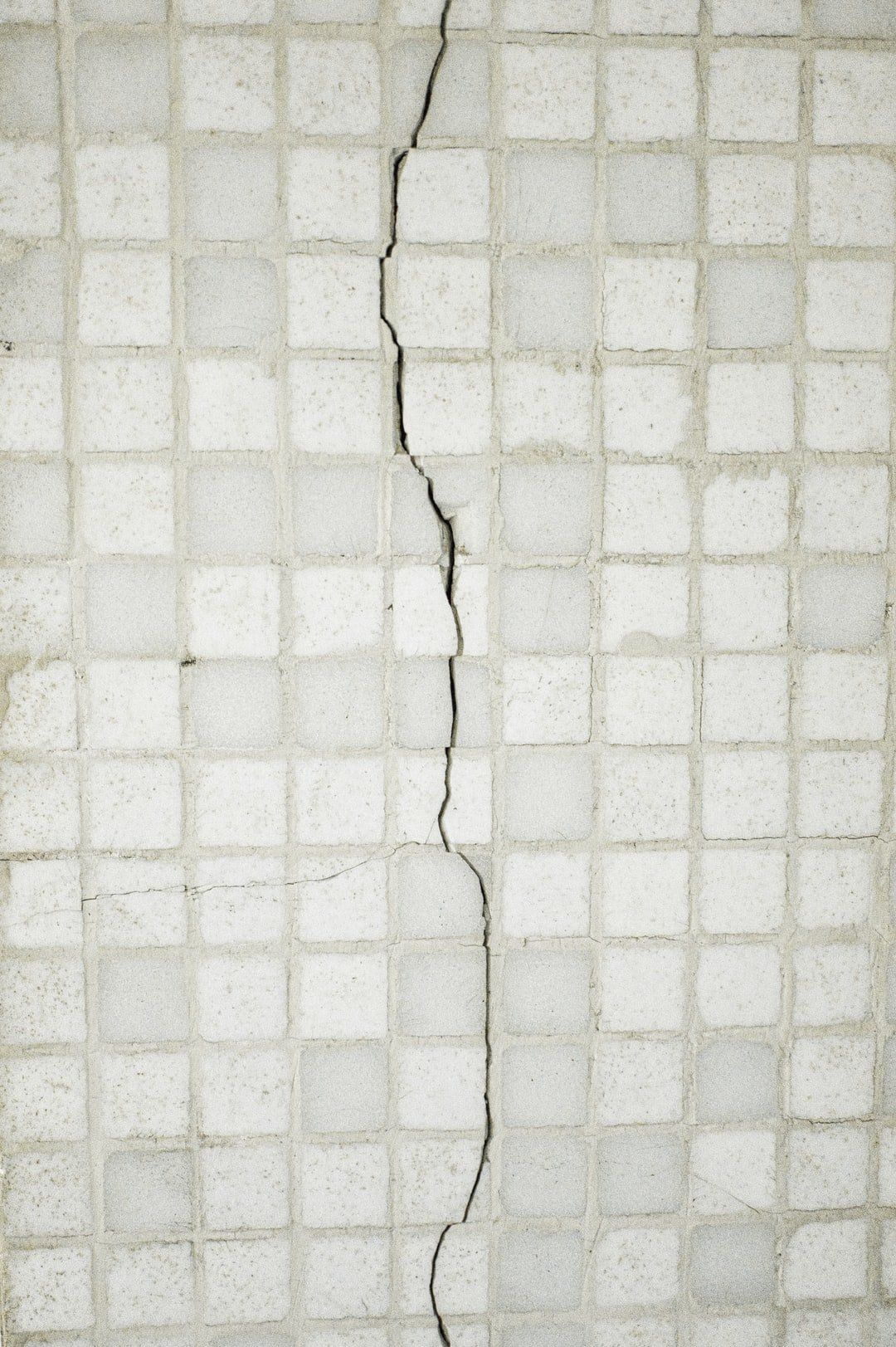Tile Installation Austin
Tile Contractors
If you're looking for tile installation or repair services in Austin, TX, look no further than Champs Tile Installation Austin We offer a wide range of tile installation and repair services, as well as bathroom remodeling services, to help you get the most out of your home. Whether you need new tile installed in your kitchen or bathroom, or you need to repair existing tile, we can help. We also offer a variety of bathroom remodeling services to help you create the perfect space for your needs. Contact us today to learn more about our tile installation and repair services, or to schedule a free consultation.
If you are in the market for a new flooring option, you may be considering tile. Tile is a popular choice for many homeowners because it is durable and can add visual interest to a space. If you are thinking about installing tile in your home, here is some information about the process that will help you make an informed decision.
There are many different types of tile available for installation in your home. Champs Tile Installation Austin can help you select and install the perfect tile for your needs. We offer a wide variety of tile services, including repair and bathroom remodeling. We also carry a wide selection of tile products, so you can find the perfect match for your home. Contact us today to learn more about our tile installation and repair services.
Request a quote
Request a quote
Things to consider when looking at tile
When it comes to tile installation, there are a few things to keep in mind.
First, you need to make sure you choose the right tile. There are many different types of tile available on the market, so it's important to do your research and find the right one for your needs.
Second, you need to make sure the tile is installed correctly. If not installed properly, tile can crack or break, which can be costly and time-consuming to repair.
Finally, you need to consider the cost of tile installation. Depending on the type of tile you choose and the size of your project, tile installation can be quite expensive.
Champs Tile Installation Austin offers a 2 year workmanship guarantee, which ensures your tile investment for years to come. So, put your mind at ease and give us a call.
We are Austin-based tile contractors with skilled teams who can work on any project from kitchen remodeling to bathroom renovation. We specialize in efficient and reliable services for both residential customers as well commercial ones! Every job we do will be tailored specifically around your needs so that it's completed correctly every time - talk about customer service at its finest!!
Our highly trained staff consists of dedicated professionals whose integrity is unmatched by other companies within this industry; no matter how big or small the task may seem, our experts know exactly what they need to get done right away without sacrificing quality standards whatsoever.
With our guarantee, you can be sure that your tiles are installed by professionals who will give them the care they deserve. We offer competitive rates and excellent customer service so we're here to help no matter what challenge arises during installation!
Why Tile?
Tile floors, backsplashes and walls are still a wonderful choice for any business or home today. Tile is an excellent material in high humidity areas because it can maintain its shape when wet while other surfaces will expand upon contact with water causing them to become concave which is unsightly and compromises their structural integrity . It's also very practical and easy cleanup compared to other materials! If you want value along quality then there shouldn't be anything else that compares Champs Tile Installation Austin, your trusted partner
We partner with leaders in the industry and would appreciate you checking them out if you're in need of any of the services they provide: Retaining walls Austin, Tile installation New Orleans,

